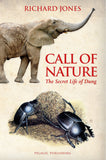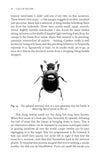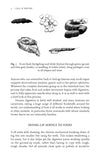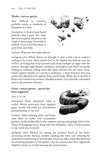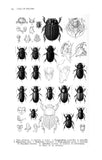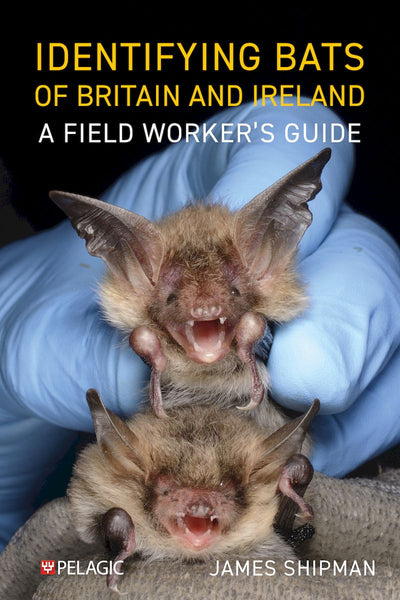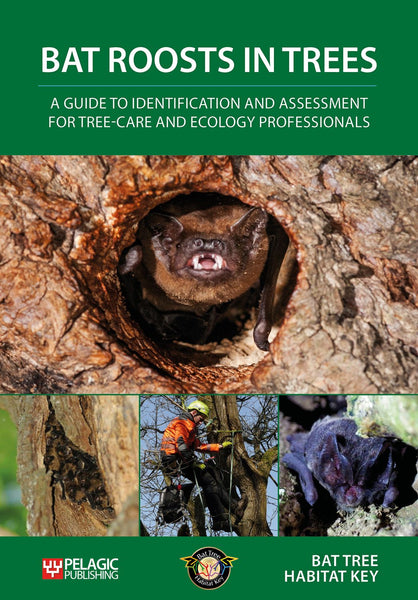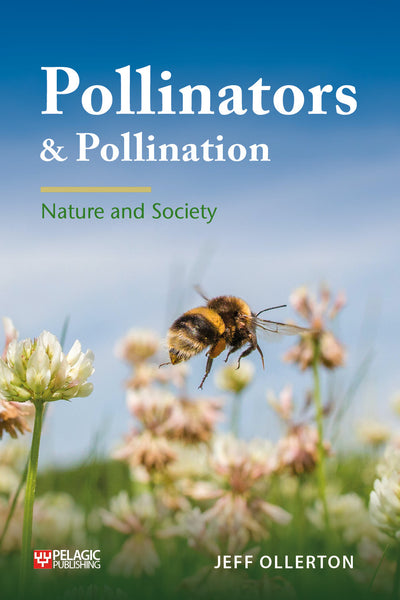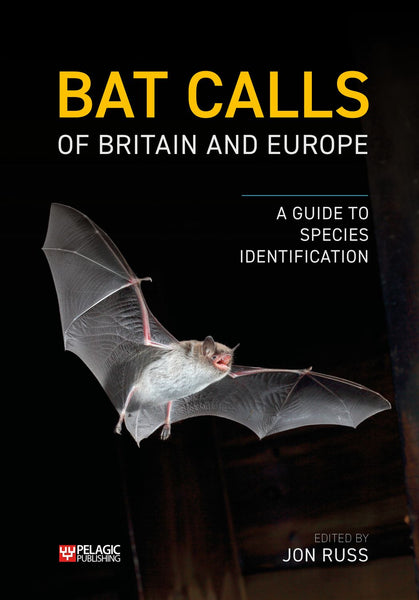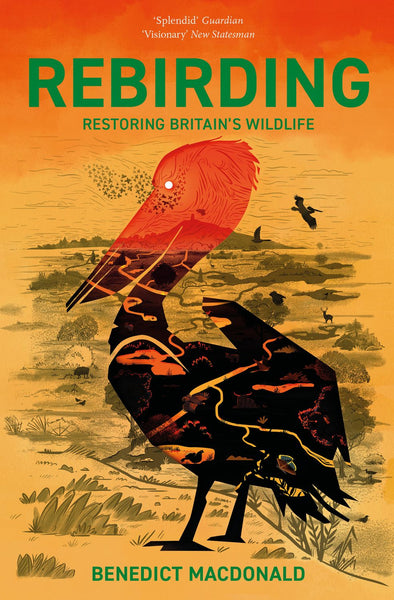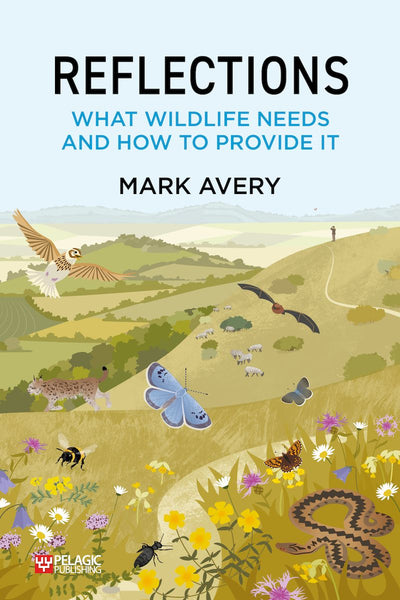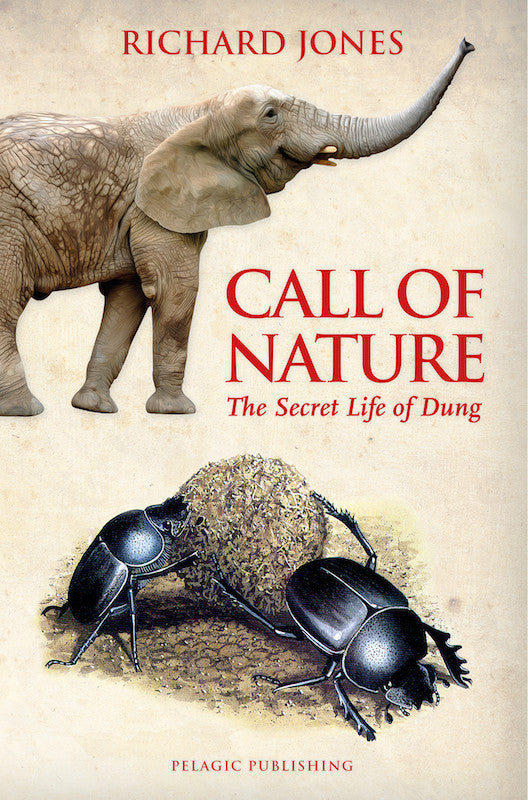
Call of Nature
The Secret Life of Dung
- Everyone does it – dung is part of all animal life
- A fascinating insight into a rich biological phenomenon
- Learn to identify dung and what lives on it
- I love this book. Packed with scatological gems, it is a magnificent, highly entertaining and beautifully illustrated guide to the world of excrement.
—Professor Dave Goulson
- beetle
- dung
- dung-feeder
- entomology
- insects
- natural history
- popular wildlife
- zoology
Trailer Video
Description
Journey through the digestive systems of humans, farm and wild animals, and meet some of nature’s ultimate recyclers as they eat, breed in and compete for dung. The fall of bodily waste onto the ground is the start of a race against the clock as a multitude of dung-feeders and scavengers consume this rich food source. From the enigmatic dung-rolling beetles to bat guano and giant elephant droppings, dung creates a miniature ecosystem to be explored by the aspiring dung watcher.
The author completes the book with an identification guide to dung itself, so that you can identify the animal that left it behind. Pellets or pats? Scats, spraints, frass, guano, spoor – learn your way around different species’ droppings. There’s also a dung-feeder’s identification guide that includes the species you’re most likely to encounter on an exploration of the dung heap.
Readership
Naturalists, entomologists, scatologistsTable of Contents
1 Introduction – what is dung?
2 Cleanliness is next to fastidiousness – the human obsession with sewage
3 Waste not – dung as a human resource
4 It’s worth fighting over – dung as a valuable ecological resource
5 Dung communities – interactions and conflicts
6 The evolution of dung feeding – where did it all begin?
7 A closer look – who lives in dung?
8 Cross section of a dung pat – a slice of coprophagous life
9 The ageing process – time line of a dung pat
10 Dung problems – the end of world ordure as we know it
11 Dung types – an identification guide
12 Dung inhabitants and dung feeders – a rogues’ gallery
13 Dung is a four-letter word – a scatological dictionary
References
Index
Reviews
- This book is a true gem and one that opened up a whole new world of natural history to me.... a ‘best practice’ example of scientific writing.
—Clive Herbert, London Naturalist - We all know that s**t happens. It's what happens to it afterwards that is really important - a beautiful book about the biological poetry of dung, droppings, scat and frass.
—Nick Baker - I love this book. Packed with scatological gems, it is a magnificent, highly entertaining and beautifully illustrated guide to the world of excrement. No bookshelf could be complete without it.
—Dave Goulson, Author of A Sting in the Tale - The language used is user-friendly; this is scientific education by stealth and I fully approve. I picked it up intending only to glance at it before reviewing it later, but I could not put it down! I finished the full 292 pages at that first sitting and ended up wishing that the book might have been even longer. It is an absolute MUST for all entomologists whatever their chosen group and it is certain to be enjoyed also by others whose lives are blighted by having an entomologist as a life partner. I suspect that it will probably also attract friends, neighbours, tradesmen and most others if left lying around like flies around...!
—Colin W. Plant, Entomologist's Record - Call of Nature is an eloquent review of what is currently known of the biology of insects in dung. The authors sense of humour bubbles to the surface throughout the text offering an often mischievous counterpoint to the biology under discussion. Here is a book that may even render dung an acceptable topic in polite conversation. It is a must for anyone with an interest in the natural world who does not mind getting their fingers warm and fragrant.
—Peter Smithers, Antenna - General readers may not think there'd be much to say about the subject; but as entomologist Richard Jones proves, there's actually quite a lot to learn about, whether discussing dung beetles or elephants. A lively tone pairs with detailed scientific facts and research in a surprisingly compelling survey which many will pick up for its shock value, only to find its details unexpectedly engrossing.
—Diane Donovan, California Bookwatch - This is a most thought-provoking, well-researched, well-illustrated and informative book full of interesting facts by a well-known author who knows his subject and whilst obviously appealing to the dedicated coleopterist or dipterist it also cannot help but be appreciated by the general entomologist.
—John W. Phillips, British Journal of Entomology and Natural History - Overall, Call of Nature is an interesting voyage of exploration from the formation of one animal’s waste to its essential role in creating new life for others. This book would make a great addition to any entomologist's bookshelf and a thought-provoking read for anyone simply curious about crap. I'm just glad it's not scratch-and-sniff.
—Alex Evans, Biosphere Magazine - Anyone with an interest in natural history and entomologists, particularly coleopterists and dipterists, will enjoy this book. The style is engaging and easy to read, not becoming bogged down in too much science, although importantly it is well referenced making it easy to research further if you wish. It is a shame there are no colour illustrations or photographs, but that does keep the cost down to a very reasonable price. I hope it will inspire more naturalists to get ‘stuck in’ to the world of dung!
—Victoria Burton, Bulletin of the Amateur Entomologists’ Society - In this friendly yet informative look at an under-appreciated ecosystem, Jones skillfully introduces a world of sperm competition and game theory that doesn’t lose sight of the charisma of his vast cast of invertebrates. There is even a field guide for newbie dropping-spotters.
—Jules Howard, BBC Wildlife Magazine - Not since Miss Felicity Beedles’ World of Poo (Pratchet 2012) have I enjoyed reading a book so much. Written in a light hearted manner with ecological concepts interspersed with natural history and personal experiences, this book is both informative and engaging.
—Darren Mann, Journal of Insect Conservation - A hyena’ s is white; an otter’ s smells of violets. Dung, reveals entomologist Richard Jones in this deft treatise, is a wonder of the biosphere. Jones is a witty guide to the mammalian digestive tract, animal waste as an ecological resource and the scores of insects that live in or on excrement, including the hulking Pride of Kent (rare rove beetle Emus hirtus).
—Barbara Kiser, Nature - [Jones] focuses on a host of species that rely on dung – including ‘cuckoo’ beetles and predators that exploit dung to catch prey – and looks at species used daily by humans to break up our own waste. There are fantastic facts about dung being used as a building material, insect repellent and in ‘poo wars’. Ancient Egyptians famously worshipped the ‘scarab’ beetle and crafted jewellery depicting the insect, some dating back 4,000 years. Final chapters cover dung identification, dung inhabitants and a dung dictionary. An amazing book – don’t be put off by its title.
—John Miles, Countryfile - ...an exquisitely written and outstandingly articulated book, which offers captivating insights that are of relevance to established ecologists, students of biological sciences, and the general public interested in the workings of the natural world. —Jessica Dawson & Deena Pillay, Quarterly Review of Biology
About the Author
Richard Jones is a nationally acclaimed entomologist, a fellow of the Royal Entomological Society, fellow of the Linnean Society, and past president of the British Entomological Society. He has been fascinated by wildlife since a childhood exploring the South Downs and Sussex Weald after plants and insects.
Richard writes about insects, nature and the environment for BBC Wildlife, the Guardian, Gardener’s World and Countryfile and has regular radio appearances on such programmes as Home Planet and Woman’s Hour.
Richard is author of several books on science and wildlife including Nano Nature (HarperCollins, 2008), Beekeeper’s Bible (to which he is a major contributor, HarperCollins 2010). Extreme Insects (HarperCollins) was published in September 2010 and received widespread recognition in the press. The paperback was issued in September 2011. The Little Book of Nits (Bloomsbury) was published in May 2012. Mosquito, in the acclaimed Animal series (Reaktion Books) appeared in August 2012. House guests, house pests - a natural history of animals in the home was published in February 2015 (Bloomsbury). It was released in paperback in February 2016. He is currently working on the Beetles volume of HarperCollins' famous New Naturalist series.
Bibliographic Information
 303 pages
303 pages - 38 figures, 160 black & white illustrations
- BISAC NAT001000, NAT017000, NAT010000, SCI025000, SCI070000
- BIC WN, WNCN, PSVT7, PS






